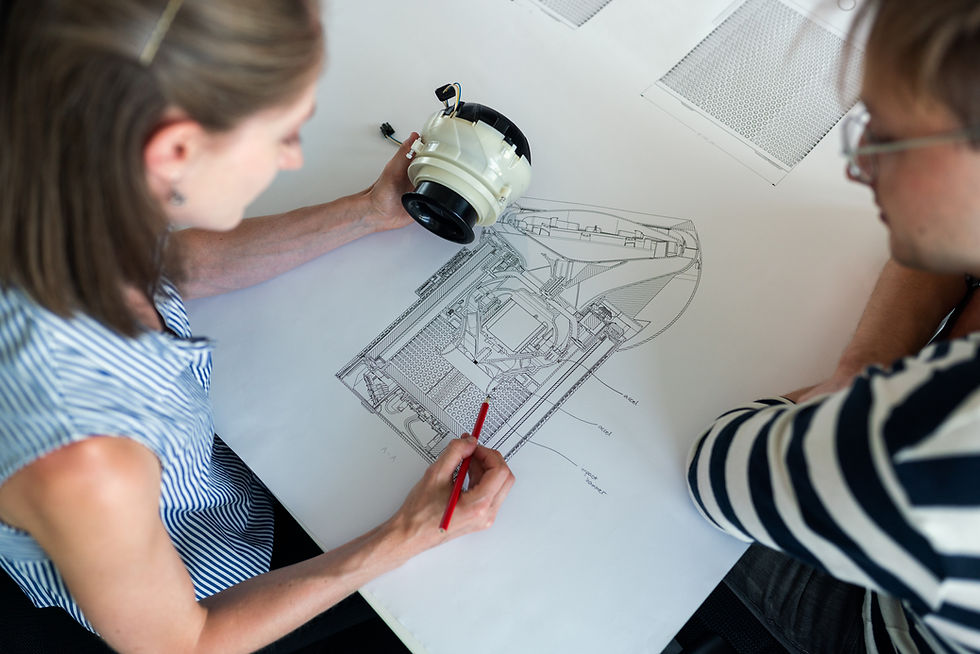A winning patent application is one that can be 1) prosecuted through examination grant at minimal cost; 2) is attractive to investors, purchasers, and/or licensees; 3) is useful for enforcement against infringers; 4) is positioned for defending attacks on validity in federal courts and agencies including in Inter Partes Review proceedings at the U.S. Patent and Trademark Office Patent Trial and Appeal Board. Every aspect of a patent application, from the claims to the specification, must be carefully crafted to ensure compliance with patent laws and Patent Office regulations and to ensure that the application and resulting patent are strategically effective. In this post, we share top 10 tips for drafting a winning patent application that stands up to scrutiny, maximizes the value of the invention, and aligns with business goals.

Understand the full scope of your invention: Before drafting a patent application, develop a clear understanding of the full scope of the technical solution or ornamental design that is the invention. This will help focus the application and ensure complete disclosure.
Use clear, concise, and consistent language: Every word matters in patent drafting. Use clear, concise language so the patent examiner, others in the field of invention, judges, juries, competitors, investors, and consumers can easily understand your invention. Use terms of art consistently and define terms of art where appropriate.
Describe the invention in detail: Describe in detail how the invention works, its features and benefits, and any drawings or diagrams. Provide detail sufficient to teach others in the field how to make and use the full scope of the invention. Describe an example prototype or commercial product that embodies the invention. Cover alternative embodiments and consider potential future commercial products and competitor design arounds. Include as many embodiments as necessary to cover all features of the full scope of the invention.
Include claims that define the invention: The numbered claims are the most important part of a patent application and mark the metes and bounds of the features to be protected by patent. Ensure the claims are clear and specific. While the scope of the disclosed invention refers to the entire technical solution or design described in the patent application, the scope of the claimed invention is defined by the claims. The scope of the claimed invention can be narrower than the full scope of the disclosed invention. Include multiple claims each of varying scope, and multiple claims that cover alternative embodiments.
Use prior art to your advantage: Prior art refers to any information that has been made available to the public before your application was filed. Prior art you are aware of must be disclosed to the Patent Office. Use prior art to your advantage by also citing and discussing relevant prior art in the patent application to explain the problem solved by the disclosed invention or provide examples of differences between the disclosed invention and other pre-existing technical solutions.
Understand the different types of patent applications: There are several different types of patent applications, including utility, design, and plant patents. Make sure you understand the differences and choose that which is best suited for your invention. More than one type of patent application may be needed for comprehensive protection and to maximize patent portfolio value. Utility patents cover technical solutions whereas design patents protect ornamental industrial designs. For the latter, you or your patent counsel should be skilled and experienced with drafting both types of applications and should have a technical understanding of the underlying article of manufacture. This is critical for determining the appropriate scope of design patent coverage and ensuring appropriate claim scope during examination.
File now or file a provisional application: The United States is a "first-to-file" country. The first applicant to file a patent application for an invention with the Patent Office wins priority rights. If you not yet ready to file a formal patent application, a provisional application is a quick and inexpensive way to establish an early effective filing date for your invention. This can be especially useful if you're still in the process of developing your invention and aren't ready to file a non-provisional application. Understand, however, the impact on your foreign patent filing strategy.
Be prepared for the examination process: The examination process can be time-consuming and complex. Be prepared by understanding the process, being responsive to the patent examiner's requests, and being prepared to make any necessary changes to your application.
Take advantage of accelerated examination: If you have a high-quality application and require patent protection as soon as possible, you may be able to take advantage of accelerated examination. This can help speed up the examination process and get your patent issued faster. (See https://www.usaipr.com/post/adjusting-speed-of-u-s-patent-examination).
Hire a patent attorney: While it is possible to file a patent application on your own, it can be difficult and time-consuming. Consider hiring a patent attorney to help you navigate the process and increase your chances of success.
A well-drafted patent application is critical to the success of your patent. By understanding the scope of your invention, using clear and concise language, providing a detailed description with comprehensive coverage of embodiments, including clear and well-supported claims that define the claimed invention, using prior art, understanding the different types of patent applications, being prepared for the examination process, taking advantage of accelerated examination, and hiring a patent attorney, you can increase your chances of success.
* * *
If you have questions or need to work with a patent attorney, contact our team of experts in patent protection and enforcement at admin@usaipr.com.
Comments